Still my favourite Honda, the Euro starts at under 30k (and continues on to the mid 40’s) while on sale and no matter which model you get, you buy a car that has been engineered not merely built to a price. As a consequence the Euro is brilliant. The ride, handling, steering and fuel consumption are all fabulous.
We drove the 2011 model early in the year. I remarked then that some motoring writers have said the Euro is looking a bit tired. I also said that some people are never happy. Euro still has its athletic cutting-edge body with just the right amount of curves and angles. Moreover those gorgeous lines didn’t need too much fiddling with for the midlife refresh. In this case less is more so only a light hand was employed in the design department. They added a bit of chrome here and a new mag wheel there and hey-presto Euro MKII.
To digress for a moment, we had an avalanche of questions (well OK 1 question) over the last week and we thought it might be nice to sprinkle a few well-placed answers hither and thither. The first is related to Accord. The vigilant Gaycarboy readers have noticed there are 2 different cars sold by Honda which are both called Accord. Why is this so? Uniquely, we are the only market where that is the case. Easy, Americans like a bigger car with a bugger engine and a V6 option, thus Accord has such an option. In Europe a more petite model with a 4 cylinder was needed so the Accord Euro (note: the Euro nomenclature is only used here in Australia) is sold there where is simply known as Honda Accrod. Euro is also sold in the USA but is available under the Accura brand (known as Accura TSX), Honda’s slightly upmarket daughter. In a confusing twist, the 2.4 4 cylinder from the Euro is also available in the Accord. It would have made more sense to have called the 2 cars by different names wouldn’t it?
Back to Accord Euro; since the updates have been so minor, we’ll concentrate just on those. Outside there is a bit of chrome and some new alloys with a reshaped front bumper and 2-bar grille. The rear lights have been recoloured to an apparent softer colour red, but frankly I can’t tell the difference. All models now have auto lights and wipers which once you have had, you find hard to live without. No pesky swipe-em-yourself wipers and lights requiring a knob to be turned at dusk. The new foldaway key means it won’t dig holes through the bottom of your pocket releasing vast amounts of change down the leg of your pants. This usually happens at the most in-opportune moment and undoubtedly results in urchins swarming around you while you’re waiting at an inner city zebra crossing.
The best inclusion is integrated bluetooth. It replaced an enormous barnacle previously attached to the front pillar like an unwanted wart. This is simply unforgivable in this price range. Is the new system any good? That depends; answering a call is as easy as pressing a button on the wheel, but making a call is another kettle of fish altogether. You can only make a call from the internal phone book or by using the keypad,. You have to enter each number into the phone book the long way, there is no upload option. The system also asks you if you want to store the number every time you dial and every time you receive a call. Do you see a few inherent problems with that? Imagine making more than one or two calls a day? You’d be driven quite potty. I’m told you can turn it off but I was unable to find out how. The other problem is when you leave your car for a service or someone else borrows your car. As they drive off, you’ll be wondering whether your old mum will get a phone call because the driver mistook your mum for his mum. Are these numbers available if you phone isn’t connected? There was nothing in the user guide to say not. If you phone has voice dialling, I suggest you use that to make a call and turn the silly woman off who asks you to store numbers , because you’re never going to do it are you? There is no Audio Streaming either. In a car over 15k it’s not a good look. My guess is the bluetooth system although integrated, is not actually part of the audio system. As an aside, we have the CRZ this week which has just such a system. It looks to be a 3rd party unit specially made for Honda. It has streaming and ipod input etc and it is good. Since Euro hasn’t gone gone the THE FULL MONTY, you’ll have to plug the Ipod into a USB socket with a god old-fashioned chord. The things we do! The upmarket sound in the “Luxury” Euro has a good sound to it. It’s only the interface that needs updating as it feels a trifle olde-worlde.
Apart from all this, the Euro is as good as ever. The interior still has a classy look and the leather in the Luxury model is decent quality. The interior has aged well design-wise. The seats are very firm but are comfy and supportive. There is the odd tasteful change inside such as bushed metal highlights but only a dedicated person is going to notice the difference. The same goes for the chrome strip on the boot lid which looks good and is there merely to denote the model had a freshen-up. One important note is the air conditioning works brilliantly.
The 4 cylinder engine feels much stronger than its 148KW would have you believe and its mated to that gorgeously smooth 5 speed auto. There are those among you thinking 5 speeds is sounding a bit last-millennium and you’d be right but if something works brilliantly there seems little reason to change it for change sake. Likewise the steering which has speed sensitive assistance so the ease with which you can throw Euro into a parking spot won’t have you mounting the gutter on the first round-about. Isn’t that thoughtful? That’s not to say we wouldn’t like a 6 or 7 speed auto to better the fuel use and performance.
We took Euro along the Grand Pacific Drive to compare her other cars we’ve had on the same road. Some of them are European costing many more shekels than humble little Euro and still she compares favourably. The steering gives you more assistance the slower you go but those tight corners make the steering/suspension combo feel just right. As with most cars, shift the auto to sports mode and the shifts sharpen up and the gears are held longer. Most of the time there is no need for such indulgences in this Honda. Sports modes are for cars who can’t hack the pace in with the normal button selected.
The important thing is that for most of the driving you do, Euro is perfect. There is a big boot, lots of space for a couple of chums in the back seat, and oodles clear vision all round. If you hit something reversing, it’s entirely your fault and you should seek help from a coach without delay. The fuel consumption is acceptable for a large car and you have no strife when it comes time to nip in and out of traffic so it’s all good right? Sort of….
Euro has been around for 10 years and this is the second model. In many ways there haven’t huge changes from that first car a decade ago. I’ve already said there is little need to change something that is already brilliant, and that’s still true. Having said that, this segment is chockers full of great cars that handle well and look good. All have the Big Brother Nannies making sure you don’t make a goose of yourself on the road and each brand is trying to win your heart by including as much whiz-bangery as it’s possible to stuff into a car. These days it isn’t things like electric seats and side sun blinds they get people excited, it’s a reversing cameras and sensors, it’s a fully integrated ipod stations with music streaming and it’s bluetooth that will voice-dial and use your phone’s contact list without needing big hugs after every performance. It all needs to be simple and easy to use. Love Euro though I do, I can’t help but feel she is falling a little by the wayside. The time has come for a total rethink of the on-board systems so that they are either fully integrated like Holden IQ and the Lexus/Toyota system or a very clever add on which can be updated like Honda’s own CRZ. Buyers have becomes more discerning and they know what they want. They demand the latest kit which will sway many a prospective owner when making their purchase. Buyers once persuaded by the likes of a cd player now compare the inclusions lists on every car they test drive, and why not I say.
On a more personal note, Honda had a shocking year. First the tsunami damaged the Japanese plant then later in the year the floods damaged the Thai plant. Gaycarboys wishes Honda a speedy return to full production. Our sympathies are with those who have suffered over the last year and wish them only good things for the future.
The good:
Fabulous handling, fabulous looks, good value, quality finish
Not so good:
Equipment lagging behind some competitors, no audio streaming, although integrated the bluetooth seems a bit half hearted.
NOTE: the images show the 2011 model so some of the highlighted changes won’t be shown.
|
FEATURES |
Base |
Luxury |
Luxury Navi |
||
|
Powertrain |
|||||
|
Engine |
DOHC i-VTEC |
DOHC i-VTEC |
DOHC i-VTEC |
||
|
In line 4 Cylinder |
In line 4 Cylinder |
In line 4 Cylinder |
|||
|
Displacement (cc) |
2354 |
2354 |
2354 |
||
|
Maximum power |
148kW @ 7000rpm |
148kW @ 7000rpm |
148kW @ 7000rpm |
||
|
Maximum torque |
234Nm @ 4300~4400rpm (MT) |
234Nm @ 4300~4400rpm (MT) |
– |
||
|
230Nm @ 4200~4400rpm (AT) |
230Nm @ 4200~4400rpm (AT) |
230Nm @ 4200~4400rpm (AT) |
|||
|
Compression ratio |
11.0 |
11.0 |
11.0 |
||
|
Bore x Stroke (mm) |
87 x 99.0 |
87 x 99.0 |
87 x 99.0 |
||
|
Emission standard |
Euro 4 |
Euro 4 |
Euro 4 |
||
|
Manual transmission |
6 Speed |
6 Speed |
– |
||
|
Automatic Transmission |
5 Speed with Grade Logic Control |
5 Speed with Grade Logic Control |
5 Speed with Grade Logic Control |
||
|
Steering wheel mounted paddle shift |
P |
P |
P |
||
|
Fuel type |
95 RON Unleaded |
95 RON Unleaded |
95 RON Unleaded |
||
|
Fuel supply system |
Honda Programmed Fuel Injection (PGM-FI) |
Honda Programmed Fuel Injection (PGM-FI) |
Honda Programmed Fuel Injection (PGM-FI) |
||
|
Fuel consumption – combined (litres/100km)* |
|||||
|
– Manual – Automatic transmission |
8.78.5 |
8.78.5 |
– 8.5 |
||
|
Fuel consumption – urban (litres/100km)* |
|||||
|
– Manual transmission – Automatic transmission |
11.711.9 |
11.711.9 |
– 11.9 |
||
|
Fuel consumption – Extra urban (litres/100km)* |
|||||
|
– Manual transmission – Automatic transmission |
7.06.5 |
7.06.5 |
– 6.5 |
||
|
CO2 emmision (g/Km) |
|||||
|
– Manual transmission – Automatic transmission |
207/202 |
207/202 |
– 202 |
||












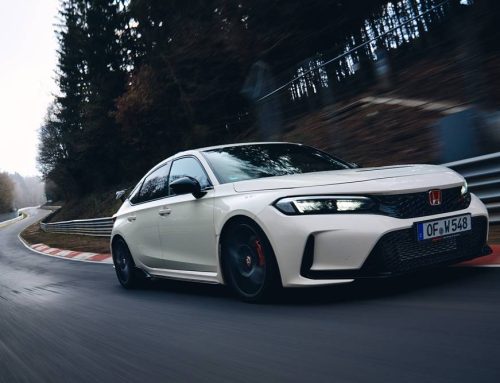
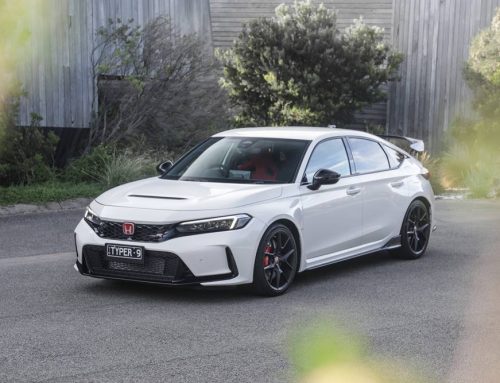
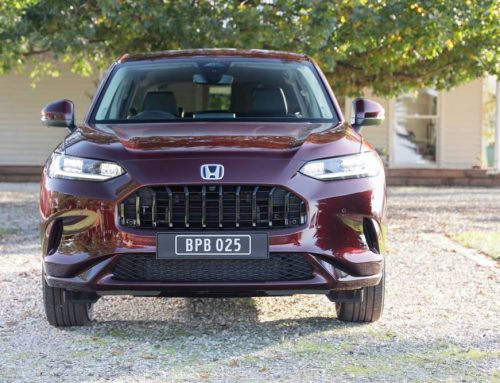
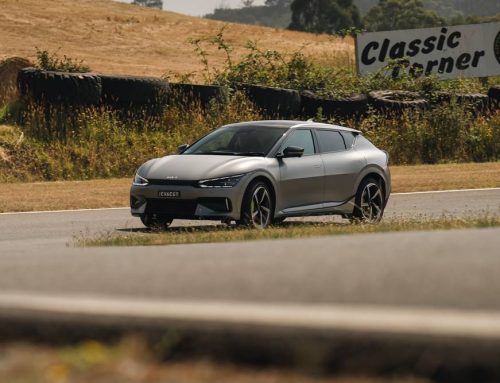

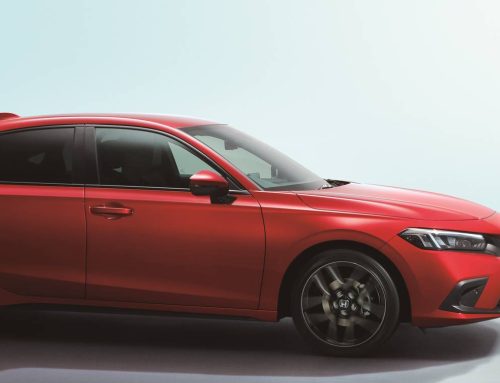
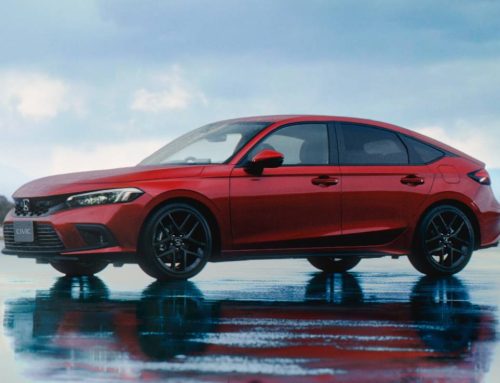

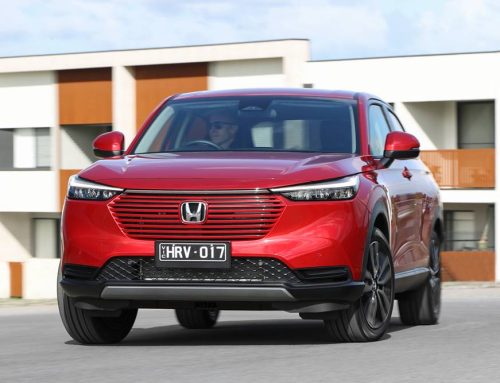

Leave a Reply